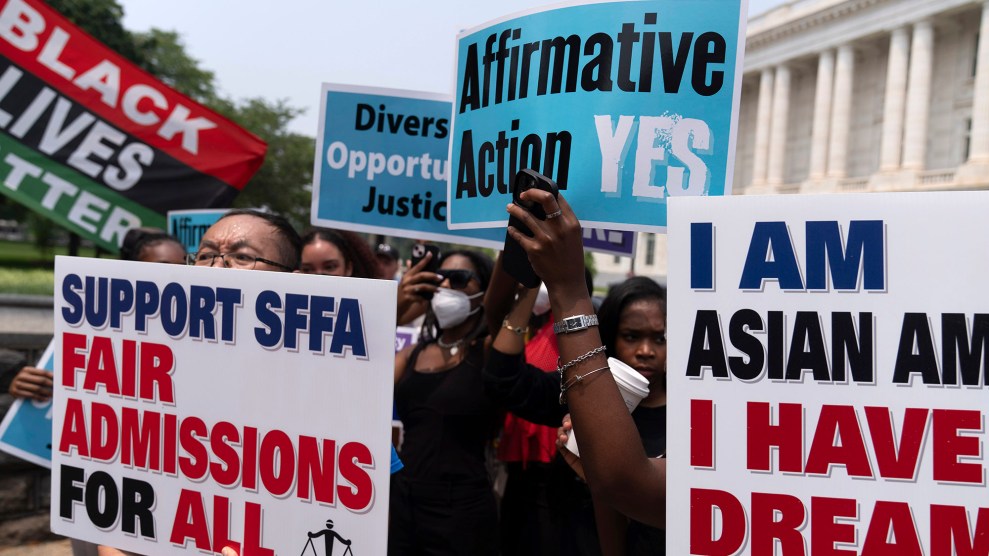 Racial identity, gentrification, and indie rock frame Barry Jenkins’ breakthrough film, Medicine for Melancholy; a sweet, provocative, and sometimes redundant film about two hip, African American twentysomethings who spend one full day together in San Francisco after hooking up at a party the night before.
Racial identity, gentrification, and indie rock frame Barry Jenkins’ breakthrough film, Medicine for Melancholy; a sweet, provocative, and sometimes redundant film about two hip, African American twentysomethings who spend one full day together in San Francisco after hooking up at a party the night before.
San Francisco has been the backdrop for a ton of movies—Vertigo, Bullitt, the Towering Inferno, 48 Hours, So I Married an Axe Murderer—but in Jenkins’ film, the city’s giant hills, bustling city streets, museums, renters-rights debates, and indie music actually shape the story’s narrative. As the two main characters walk up and down hills, ride their bikes downtown, attend exhibits, walk past an open-door neighborhood town-hall meeting, and get drunk at a mostly white hipster bar, locales actually help focus and shape conversation.
Jenkins’ “medicine”—constructive debate, the excitement of meeting someone new—for “melancholy”—struggling to understand and define racial and cultural identity—can feel a little forced. Arguments between the two main characters sometimes fizzle and come to no conclusion or consensus. But this frequently funny, often endearing look at life in San Francisco will serve as a worthwhile time capsule for the City by the Bay, and many of its complexities.
Medicine For Melancholy screened at SXSW in Austin in March, and more recently at the San Francisco International Film Festival. It will screen in Los Angeles June 19.













